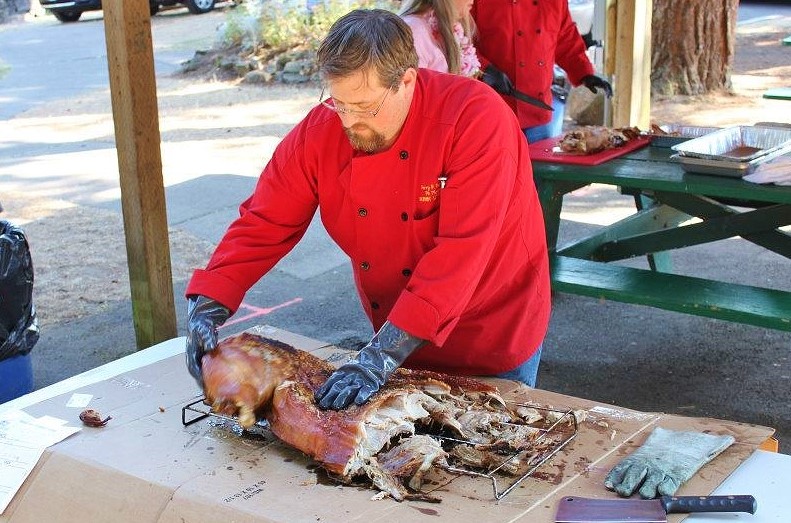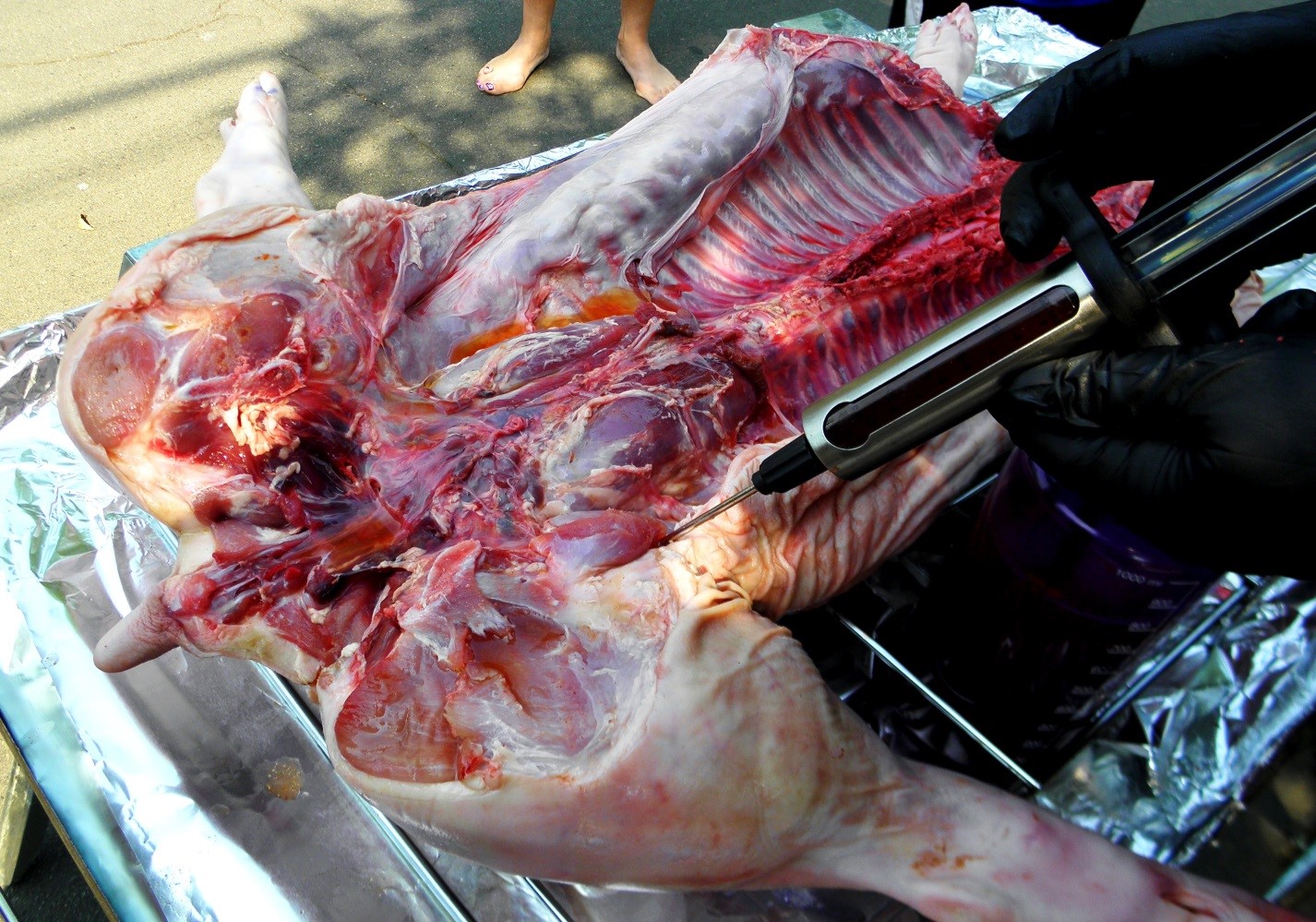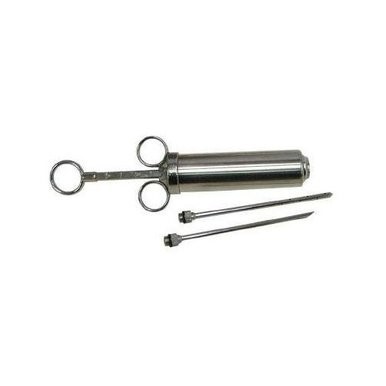- Home
- Latin Touch
- Pork Roast
Latin Touch
Recent Posts
Getting the Most out of your Insulated BBQ Gloves and Marinating Syringe
Posted by on

Insulated Barbecue Gloves

Steven Raichlen, host of the popular cooking series Barbecue University and author of the best-selling Barbecue Bible cookbook series, partnered with The Companion Group to create a fabulous line of innovative, versatile barbecue products. Use the Best of Barbecue Insulated Rubber Gloves for "pulling" (shredding) piping hot pork shoulders and other foods hot off the grill or out of your Caja China.
When you're dealing with upwards of a hundred pounds of steaming-hot meat at a time, hand protection like a good pair of insulated barbecue gloves is essential.
Pulling pork, handling hot chimney starters, juggling beer can chickens, and testing ribs for doneness all requires a "hands on" approach with foods that can potentially cause painful burns if mishandled.
I've been using the same pair of these gloves for going on three years, and they are fantastic, letting me work with hot food, both in and out of my La Caja China, with ease.


A whole hog, even after an hour of resting outside the box, is still very, VERY hot. Without gloves I would have had to let this one cool another hour, effecting the quality of the meat, before pulling.
Tips:
BBQ gloves are pretty straight forward, but here are a few of tips I've learned after pulling many, many pigs...
1. These gloves for handling food, not grill grates, hot skewers, or coals...just food. For applications that require touching any hot metal surface, or direct coals, use your La Caja China welding-style gloves.
2. The gloves are top-rack dishwasher safe, but I would discourage putting them in the dishwasher for two reasons: First food particles from your dishes can get trapped inside the gloves (yuck!), and second, I've found that the gloves tend to stiffen up if you get the insides wet and then dry.
Personally, I simply wear the gloves under hot running water, squirt on a little soap, and wash just like I'm washing my hands - being careful not to get any water past the wrist/forearm area.
I have a spray-bottle of 5% bleach solution, and I give the inside of each glove a little misting after washing to keep them from getting funky down in there.
3. Silicon surfaces tend to "catch and hold" any little bit of lint of fuzz. Because of this, I keep them clean by storing them in an inexpensive plastic container that latches and seals shut (Dollar Store is a great place to find these.) Just make sure that your gloves are completely dry (inside and out) before storing them in any air-tight container.
4. Lastly, when using the gloves in the winter, I keep my gloves (fingers down) in a container of hot water to keep them pliable, as silicon will stiffen-up in the cold. This also makes them easier to wash when cleaning up later.


Stainless Steel Marinating Syringe

 The 2 Oz. Stainless Steel Seasoning Injector is your secret weapon for moist, perfectly
seasoned food. This easy to use (and clean) tool is constructed of sturdy
stainless steel to last year after year. Package includes a liquid marinade
needle and a minced marinade needle
The 2 Oz. Stainless Steel Seasoning Injector is your secret weapon for moist, perfectly
seasoned food. This easy to use (and clean) tool is constructed of sturdy
stainless steel to last year after year. Package includes a liquid marinade
needle and a minced marinade needle
Perfect for beginner and advanced cooks
I use injected brine in nearly all of my pigs and pork shoulders.
What I like about this technique is that, unlike mops, rubs, or marinating, injecting doesn't just flavor the surface of the meat, but gets the good stuff all the way to the bone, not only adding whatever flavors I’m going for, but keeping the meat moist and tender while roasting.
“Think of injecting as marinating from the inside out.”
~ Steven Raichlen
Tips:
Try to avoid coarse ground spices or chopped herbs, as they can plug your syringe. When I use these ingredients in my marinades, I'm always careful to strain it through a coffee filter, or cheesecloth before filling the syringe. Also, pour your strained marinated into a tall juice glass, instead of a bowl, as it's a lot easier to fill the syringe that way.
For A pork shoulder, I aim to inject in 4-6 spots on each side. For a whole pig, I imagine a grid of 4-inch squares and inject (skin-side down) in the center of each “square.”
After injecting, sprinkle the rub generously on all sides, and “rub” it in to help it stick to the meat. Cover meat and refrigerate 24 hours, allowing to come to room temp before cooking.
Injecting can be messy. To make for clean-up, I set my pork shoulders on a towel in a rimmed baking sheet before injecting. If your shoulder/pork butt comes wrapped in cyrowrap, sometimes it’s less messy to inject while it is still in the wrap.
I typically lt the meat rest 12-24 hours after injecting, and before roasting.
 Loading... Please wait...
Loading... Please wait...
